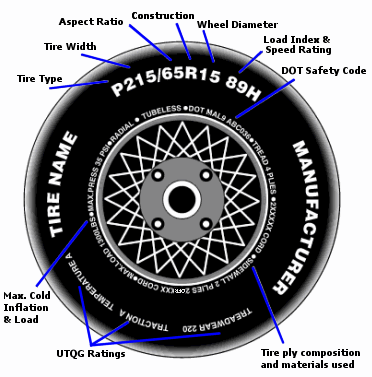Tire size can be confusing. Some numbers on the sidewall are listed in millimeters while others are inches. Plus, the right size for your car, truck, or trailer can differ depending on where and how you drive.
You can see your original equipment tire size in your owner’s manual or on the placard generally located on the driver’s side door jam. This is the sizing recommended by the vehicle manufacturer.
If you’re interested in switching out your tires for a different look or performance, a good place to start is the numbers and other indicators on your existing tires’ sidewall. Next, have a tire professional help you determine a tire size range that will fit your vehicle and driving needs.
Here’s what those numbers and indicators on the sidewall indicate and how to understand them:
A: TIRE TYPE The first letter in the code tells you what class of tire it is.
P stands for passenger vehicle tire. P-class tires include cars, SUVs, crossovers, minivans and smaller pickup trucks.
LT means light truck tire, designed for vehicles that are capable of carrying heavy loads, towing trailers, or for those looking for an extra heavy duty option. These are often equipped on three-quarter or 1 ton trucks and SUVs.
ST stands for Special Trailer. These tire sizes are meant for trailers, including fifth wheels and other travel trailers, as well as boat and utility trailers.
If there’s no letter before the first number, you have a metric tire most commonly referred to as European size. It’s also measured in millimeters but may have a different load capacity than a P or LT tire.
B: TIRE WIDTH The three-digit number following the letter is the tire’s width (from side to side, looking at the tire head on) in millimeters. This may also be referred to as the section width.
C: ASPECT RATIO The forward slash separates the tire width number from the two-digit aspect ratio. The bigger the aspect ratio, the higher/taller the tire’s sidewall, or “profile” as it’s sometimes called.
The aspect ratio is indicated on the tire sidewall as a percentage. It’s the height of the sidewall measured from wheel rim to top of the tread, expressed as a percentage of tire width.
In this example, the aspect ratio is 65, meaning the sidewall is 65 percent as high as the tire is wide. To get the sidewall height, take the tire width of 215 mm and convert it to inches (8.46). Then multiply this by 65% (.65). This gives you an answer of 5.5, the sidewall height in inches.
D: CONSTRUCTION TYPE This single letter tells you about the internal construction of the tire.
R is for radial tires, the industry standard for most tires today. They have better road grip, lower rolling resistance for better gas mileage, ride comfort and durability than previous generations of tires.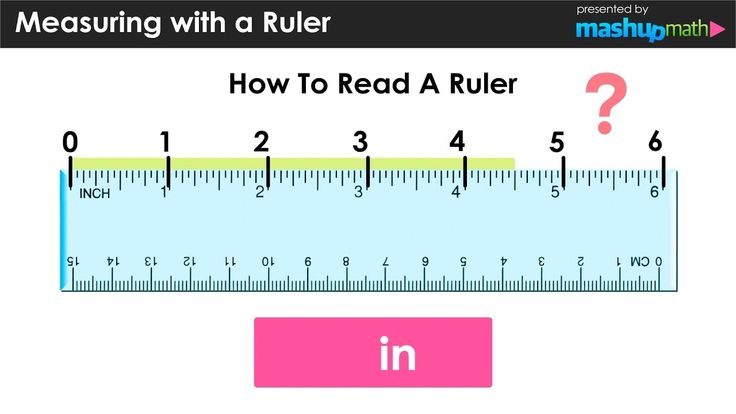 In a radial tire, the plies — layers of strong cords made of a blend of polyester, steel and fabric and coated with rubber — are laid perpendicular to the direction of travel.
In a radial tire, the plies — layers of strong cords made of a blend of polyester, steel and fabric and coated with rubber — are laid perpendicular to the direction of travel.
D is for tires built with diagonal (crisscrossed) plies, called bias-constructed tires. They are also called conventional, x-ply, or cross-ply tires. Some motorcycle and trailer tires still use this internal construction.
Some run-flat tires are identified with an F followed by the type of internal construction.
E: WHEEL DIAMETER This two-digit number specifies wheel diameter in inches. It’s the distance between the two bead seat areas (where a tire gets tightly sealed onto the wheel).
F: LOAD INDEX The two-digit or three-digit number that follows the gap specifies tire load index. The load index symbol indicates how much weight a tire can support, based on the following standard chart. In our example, the load index is 89, which indicates the tire has a load capacity of 1,279 pounds, when inflated to the tire’s maximum air pressure rating.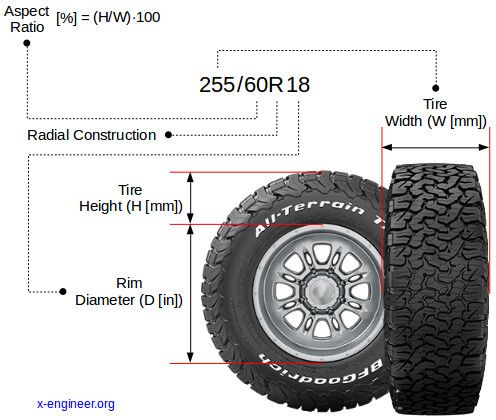
G: SPEED RATING The last letter is the tire speed rating. This indicates the top speed it’s safe to travel at for a sustained amount of time. A tire with a higher speed rating can handle heat better and provide more control at faster speeds. The maximum operating speed of a vehicle is no more than the lowest speed rating of all tires mounted on the vehicle. (Of course, you should always abide by speed limits for safer driving.) Speed rating is usually, but not always, a single letter (see the chart).
Below you will find several charts that will help you understand tire sizing numbers, including a load index chart and speed rating chart.
A tire size calculator is a quick way to see whether the tire size you’re considering will likely fit your car, SUV, sports car, light truck or crossover.
But remember that is only an estimate. It’s important to stay within the sizing tolerances of your vehicle.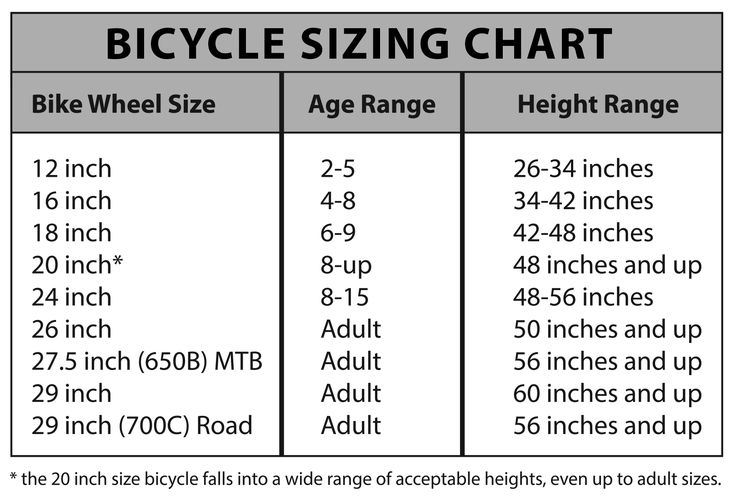 Tires that are the wrong size could cause some pull in the steering wheel, rub against the suspension or body of your vehicle, reduce clearance on hills, or result in a stiffer or noisier ride.
Tires that are the wrong size could cause some pull in the steering wheel, rub against the suspension or body of your vehicle, reduce clearance on hills, or result in a stiffer or noisier ride.
If you’re considering mounting a different tire size on your vehicle, check with a tire expert. Find out whether the tires and wheels you have your eye on are the right fit for your vehicle’s suspension, gearing, and bodywork. And ask how any differences in revolutions per mile, tire speed, load index, and speed rating will affect your ride quality and vehicle performance.
See how new tires and rims will look on your car or truck using our Virtual Wheels simulator, available at any Les Schwab.
Find Your Store
When shopping for tires online, you’ll notice the terms load index, load range, and speed rating included within the technical specifications. (You can find these numbers and letters on your existing tires, located after the size of the tire. ) Understanding the meaning of load index and load range can help you find the right tire for your vehicle and your needs. As always, the experts at Les Schwab can answer all of your questions about what tires are right for you, but in this quick article, we’ll cover some of the basics of these indicators.
) Understanding the meaning of load index and load range can help you find the right tire for your vehicle and your needs. As always, the experts at Les Schwab can answer all of your questions about what tires are right for you, but in this quick article, we’ll cover some of the basics of these indicators.
Find A Store
The load index of a tire is a number that correlates to the maximum safe carrying capacity of the tire when it’s inflated to its maximum pressure. Higher load index ratings mean your tires will be able to handle a heavier load. In this example, there are two numbers. The higher number (load index) is for single rear-wheel applications. The lower number is for dual-wheel applications. This indicates its load-carrying capacity when inflated to its maximum pressure. Remember, air pressure is what carries the load in a tire. You can find each tire’s carrying capacity with the chart below.
| LOAD INDEX |
LOAD (lbs) |
LOAD INDEX |
LOAD (lbs) |
LOAD INDEX |
LOAD (lbs) |
|---|---|---|---|---|---|
| 65 | 639 | 94 | 1477 | 123 | 3417 |
| 66 | 661 | 95 | 1521 | 124 | 3527 |
| 67 | 677 | 96 | 1565 | 125 | 3638 |
| 68 | 694 | 97 | 1609 | 126 | 3748 |
| 69 | 716 | 98 | 1653 | 127 | 3858 |
| 70 | 739 | 99 | 1709 | 128 | 3968 |
| 71 | 761 | 100 | 1764 | 129 | 4079 |
| 72 | 783 | 101 | 1819 | 130 | 4189 |
| 73 | 805 | 102 | 1874 | 131 | 4299 |
| 74 | 827 | 103 | 1929 | 132 | 4409 |
| 75 | 853 | 104 | 1984 | 133 | 4541 |
| 76 | 882 | 105 | 2039 | 134 | 4674 |
| 77 | 908 | 106 | 2094 | 135 | 4806 |
| 78 | 937 | 107 | 2149 | 136 | 4938 |
| 79 | 963 | 108 | 2205 | 137 | 5071 |
| 80 | 992 | 109 | 2271 | 138 | 5203 |
| 81 | 1019 | 110 | 2337 | 139 | 5357 |
| 82 | 1047 | 111 | 2403 | 140 | 5512 |
| 83 | 1074 | 112 | 2469 | 141 | 5677 |
| 84 | 1102 | 113 | 2535 | 142 | 5842 |
| 85 | 1135 | 114 | 2601 | 143 | 6008 |
| 86 | 1168 | 115 | 2679 | 144 | 6173 |
| 87 | 1201 | 116 | 2756 | 145 | 6393 |
| 88 | 1235 | 117 | 2833 | 146 | 6614 |
| 89 | 1279 | 118 | 2910 | 147 | 6779 |
| 90 | 1323 | 119 | 2998 | 148 | 6944 |
| 91 | 1356 | 120 | 3086 | 149 | 7165 |
| 92 | 1389 | 121 | 3197 | 150 | 7385 |
| 93 | 1433 | 122 | 3307 |
| LOAD INDEX | LOAD (lbs) |
|---|---|
| 65 | 639 |
| 66 | 661 |
| 67 | 677 |
| 68 | 694 |
| 69 | 716 |
| 70 | 739 |
| 71 | 761 |
| 72 | 783 |
| 73 | 805 |
| 74 | 827 |
| 75 | 853 |
| 76 | 882 |
| 77 | 908 |
| 78 | 937 |
| 79 | 963 |
| 80 | 992 |
| 81 | 1019 |
| 82 | 1047 |
| 83 | 1074 |
| 84 | 1102 |
| 85 | 1135 |
| 86 | 1168 |
| 87 | 1201 |
| 88 | 1235 |
| 89 | 1279 |
| 90 | 1323 |
| 91 | 1356 |
| 92 | 1389 |
| 93 | 1433 |
| 94 | 1477 |
| 95 | 1521 |
| 96 | 1565 |
| 97 | 1609 |
| 98 | 1653 |
| 99 | 1709 |
| 100 | 1764 |
| 101 | 1819 |
| 102 | 1874 |
| 103 | 1929 |
| 104 | 1984 |
| 105 | 2039 |
| 106 | 2094 |
| 107 | 2149 |
| 108 | 2205 |
| 109 | 2271 |
| 110 | 2337 |
| 111 | 2403 |
| 112 | 2469 |
| 113 | 2535 |
| 114 | 2601 |
| 115 | 2679 |
| 116 | 2756 |
| 117 | 2833 |
| 118 | 2910 |
| 119 | 2998 |
| 120 | 3086 |
| 121 | 3197 |
| 122 | 3307 |
| 123 | 3417 |
| 124 | 3527 |
| 125 | 3638 |
| 126 | 3748 |
| 127 | 3858 |
| 128 | 3968 |
| 129 | 4079 |
| 130 | 4189 |
| 131 | 4299 |
| 132 | 4409 |
| 133 | 4541 |
| 134 | 4674 |
| 135 | 4806 |
| 136 | 4938 |
| 137 | 5071 |
| 138 | 5203 |
| 139 | 5357 |
| 140 | 5512 |
| 141 | 5677 |
| 142 | 5842 |
| 143 | 6008 |
| 144 | 6173 |
| 145 | 6393 |
| 146 | 6614 |
| 147 | 6779 |
| 148 | 6944 |
| 149 | 7165 |
| 150 | 7385 |
On some tires, you’ll see a load range indicator on the sidewall, as shown here. Load Range is an older measure of tire carrying capacity equivalent to
ply rating. The ply rating isn’t directly tied to the number of plies used in construction, so we recommend using Load Index when
appropriate. Load ranges are arranged in alphabetical order starting with the letter “A”. The ply ratings (load range) combined with the tire size tell you the tire load capacity.
Load Range is an older measure of tire carrying capacity equivalent to
ply rating. The ply rating isn’t directly tied to the number of plies used in construction, so we recommend using Load Index when
appropriate. Load ranges are arranged in alphabetical order starting with the letter “A”. The ply ratings (load range) combined with the tire size tell you the tire load capacity.
The load range on replacement tires must meet or exceed the recommendation on your vehicle’s door placard or owner’s manual. It can be higher than recommended but never lower.
| LOAD RANGE | PLY RATING |
|---|---|
| A | 2 |
| B | 4 |
| C | 6 |
| D | 8 |
| E | 10 |
| F | 12 |
Les Schwab Tip: Some cars, including electric vehicles, may require tires with a higher load range due to weight with and without passengers.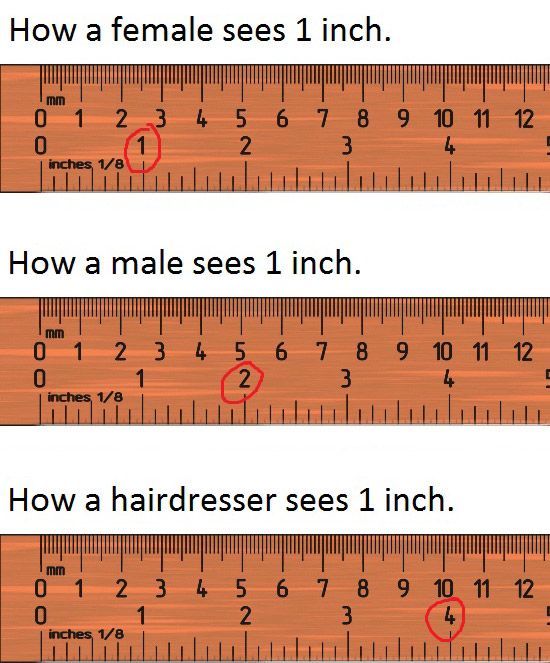
If this seems confusing. Don’t worry. The pros at Les Schwab will show you all of your options, including the size, load range, and load index you need for work, weekends, or your daily commute.
Very often one hears phrases like: “What wheel radius do you have, fifteenth?” Or “I have a radius of 16, but I’ll put the seventeenth for the winter so that the car is taller” ... Such words can be heard both from the lips of people who are far from cars, and from “as it were professionals”, such as tire workers or sales managers in a car dealership .
Some things sound boring and hard to remember, but you need to know them.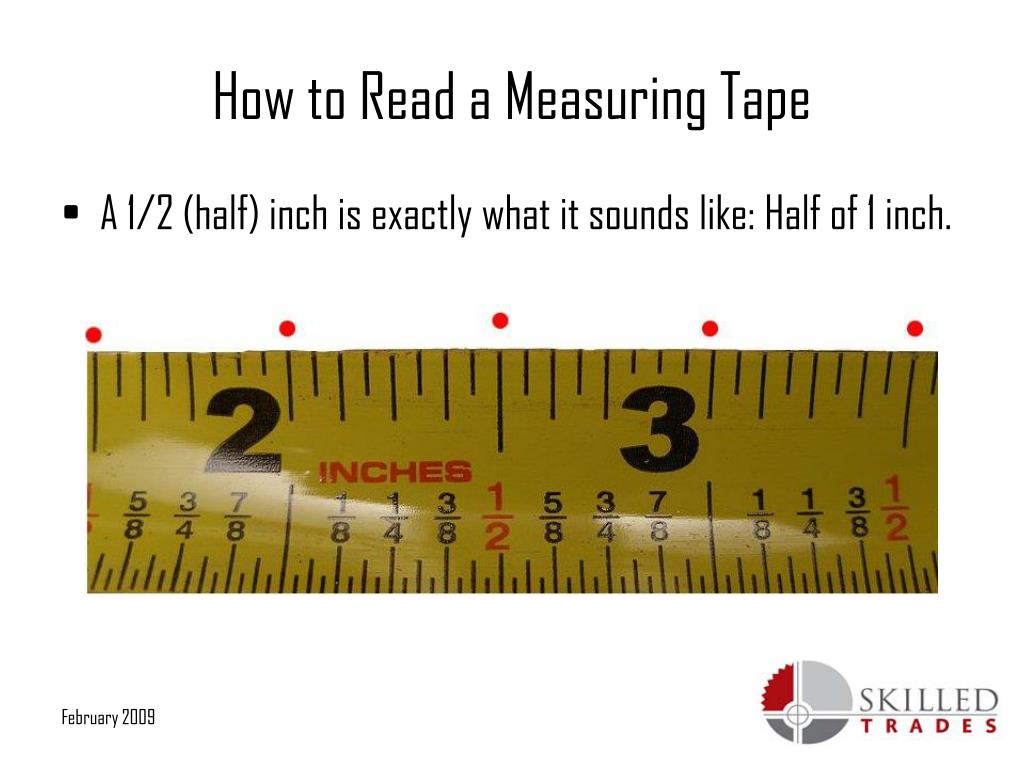 Especially for car enthusiasts. Especially those who consider themselves experts and have their own opinion on any occasion. The devil is in the details, and this article is about one such detail.
Especially for car enthusiasts. Especially those who consider themselves experts and have their own opinion on any occasion. The devil is in the details, and this article is about one such detail.
A lot of people don't even understand what I'm getting at. “Well, radius, so what? I have wheels 195-65R15, radius 15, everything is written, what are you trying to be smart about ?! Here's what I'm thinking. R15 has nothing to do with radius. Neither R nor 15.
Now on the Internet you can find a lot of information, only such trifles as the marking of car tires are not among the most popular. We better discuss engine power or the number of "buns" in the cabin, right? And we will leave the choice of wheels to the manager in the store. Or ask a friend. He definitely knows! He already has a third car!
In fact, it won’t hurt to understand these boring numbers even just for general development.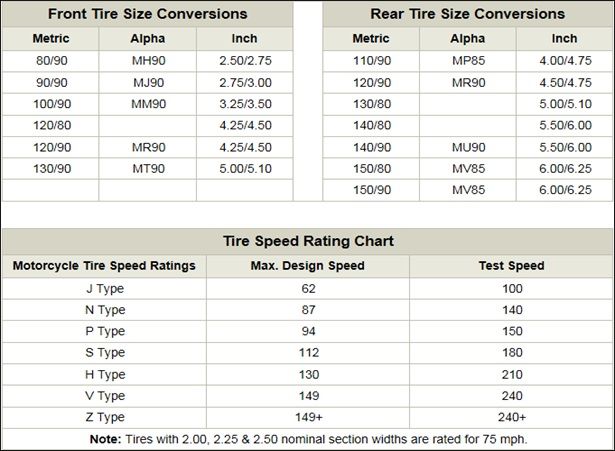 Moreover, this will help save money and influence the behavior of the car, but more on that later. So far - pure educational program, so that later you can understand each other well.
Moreover, this will help save money and influence the behavior of the car, but more on that later. So far - pure educational program, so that later you can understand each other well.
So, 195/65R15. Classic case. Squat down next to your car. The first number is the width of the running part of the tire, roughly speaking, the width of the tread. Expressed in millimeters. That is 195 mm. is the width of your wheel. With the understanding of this number, most of the problems are not.
Through a fraction, 65 is the value of the profile. Expressed as a percentage of the width. Not in millimeters! The profile is the part of the tire that sticks out above the rim. Sidewall. That is, the height of this sidewall will be 195x65% = 125.75 mm. Not 65mm. And not something else. Moreover, it clearly follows from this scheme that the height of 65% with a width of 195 will be one, and if the tire is marked (conditionally) 225/65R15, it will be completely different! 225x65% = 146.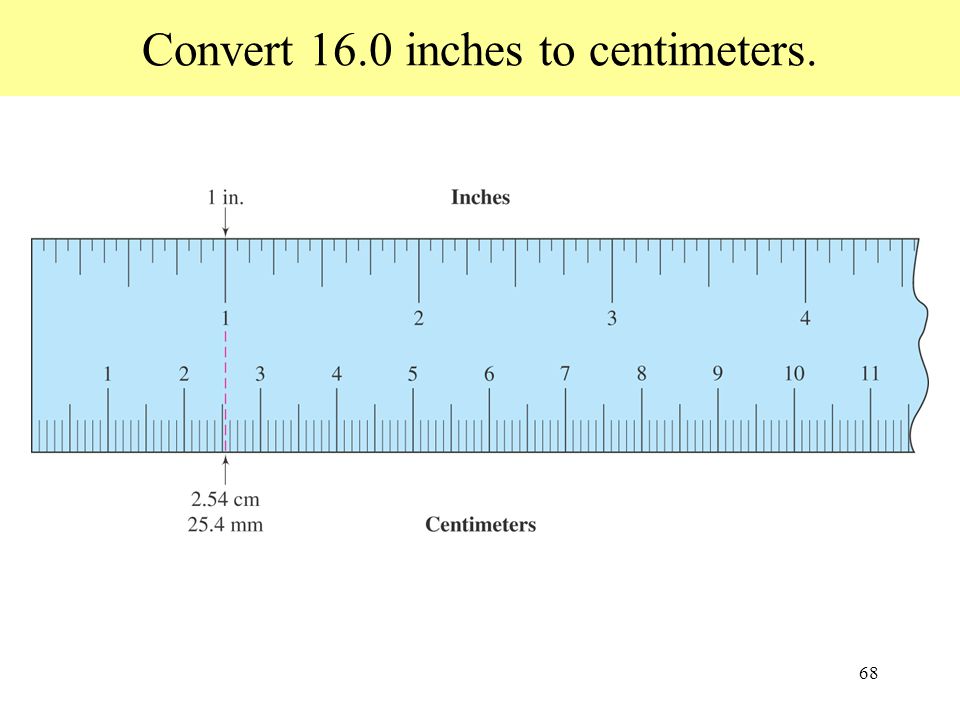 25 mm. Although the numbers 65 are the same!
25 mm. Although the numbers 65 are the same!
R stands for the radial construction of the tire, or rather, the way the metal cord is laid inside it. The tire design used to be bias-ply, but that was a long time ago. Now you almost never see “diagonal” tires, they are all completely radial, and the letter R will not tell anyone anything new, it will only cause disputes about the notorious radius ...
And finally, the number 15. This is the diameter. The diameter of the landing part of the tire, the inner diameter, the part that is in contact with the disc. Expressed in inches. 1 inch \u003d 2.54 cm. That is, 15x2.54 \u003d 38.1 cm This is also the outer diameter of the disk, if someone has not guessed ...
And then the fun begins. We can play with these numbers if we want to put other tires (rims) on the car.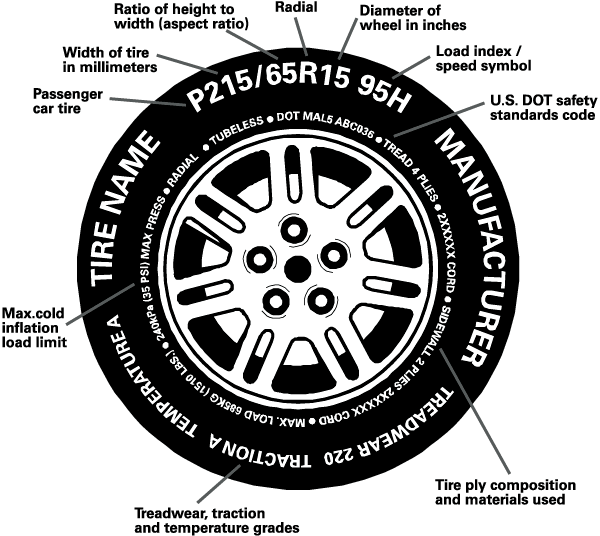 Ideally, the main thing is that the overall diameter does not differ, or differs slightly. Example.
Ideally, the main thing is that the overall diameter does not differ, or differs slightly. Example.
The wheel 195 / 65R15 has the following overall diameter: 38.1 cm - inside, plus 125.75 mm x2 \u003d 251.5 mm (there is a profile both above and below). Converting to centimeters for simplicity, we get 38.1 cm + 25.15 cm = 63.25 cm. That's how! This is the total wheel diameter.
Now, if you want to put other wheels on, the owner of the car must understand the following: automakers understand this figure in the same way as we do. Given the diameter of the wheel, the suspension, brake system and body are designed. Therefore, for the same car model (for example, for the Volkswagen Polo sedan), three wheel sizes are officially allowed. The simplest version is content with 175/70R14 (overall diameter 60.06 cm), 185/60R15 (60.3 cm) and 195/55R15 (59.55 cm).
It turns out that the “wheel by 14” is MORE, albeit slightly, than the wheel by 15 in the case of 195/55.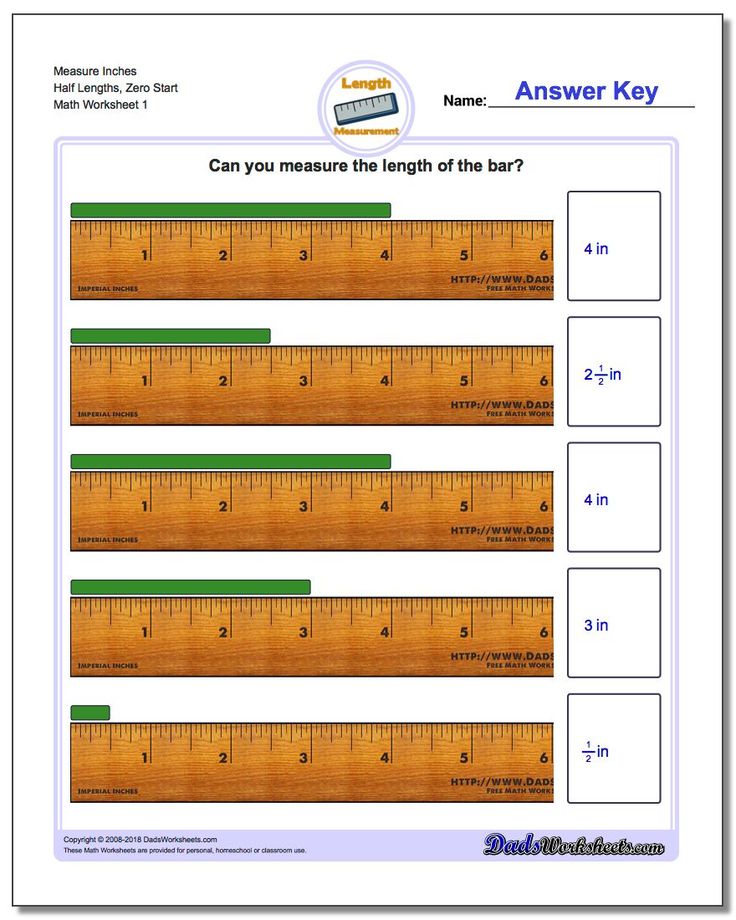 This is to the question raised above, about how to put more wheels for the winter ... You need to carefully calculate everything. Will a larger diameter number also mean a larger wheel size overall? Not always.
This is to the question raised above, about how to put more wheels for the winter ... You need to carefully calculate everything. Will a larger diameter number also mean a larger wheel size overall? Not always.
By increasing the size of the disk, we must reduce the height of the profile, otherwise the wheel will simply start to cling to the arch, not to mention such more fundamental qualities as handling. Of course, the margin often remains and it happens that by “playing” with the tire width and profile height, you can really get a couple of millimeters of clearance without sacrificing anything else.
A simple calculation will show that within the same diameter - 14 - 175-70 and 185-65 and 205-60 are applicable, if there is a desire and an opportunity to put wider tires ... A car on wheels with a lower profile height will be controlled sharper and more accurately, but will inevitably suffer smooth running. And the safety of the discs may be in question, especially when they fall into a deep hole with sharp edges. A low profile will simply not be able to "absorb" the impact energy and it will go further - into the disk. Always keep this in mind when buying wheels and don't forget the simple truths.
And the safety of the discs may be in question, especially when they fall into a deep hole with sharp edges. A low profile will simply not be able to "absorb" the impact energy and it will go further - into the disk. Always keep this in mind when buying wheels and don't forget the simple truths.
This article was written as part of the 2015 Authors Competition.
Read the best works here.
Authors competition practice
Articles / Used cars 5 reasons to buy and not to buy Volkswagen Passat CC "King of the track, but in the city he tears everyone"; "does not go at all"; "model of reliability"; “is pouring, without waiting for 100 thousand”; “great interior, quality materials”; “the interior is miserable, like in Polo”; ". .. 125 2 0 11/27/2022
.. 125 2 0 11/27/2022
Articles / Tests Taxi fleet test: check what you know about the first generation Renault Logan "Citizen of the World", known to us under the name Logan and produced in the world under several different brands, this year celebrates its 18th anniversary. In honor of the "coming of age" of this involuntary love... 1219 0 2 11/26/2022
Articles / New cars So that's what you are, Moskvich 3: getting acquainted with the car at the official start of production Yesterday, November 23, the Moscow Automobile Plant, which for a long time existed only in the status of a Renault Russia enterprise (until 2014 it was called Avtoframos) and stood idle for more than six months after the.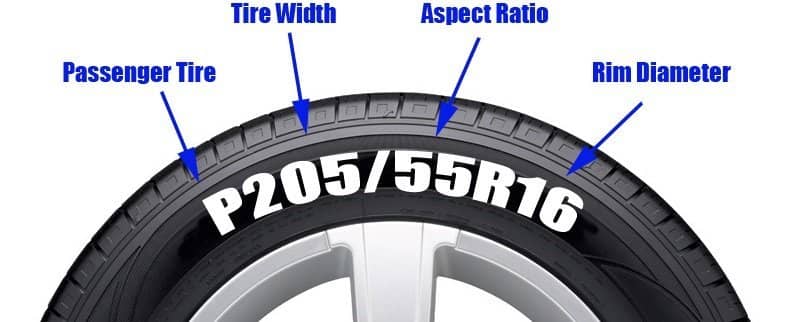 .. 7688 12 3 11/24/2022
.. 7688 12 3 11/24/2022
Test drives / Test drive Haval Dargo vs Mitsubishi Outlander: the dog is barking, the stranger is coming In the Haval dealership in the south of Moscow, life is in full swing: buyers look at cars, communicate with managers and sign some papers. While I was waiting for the test Dargo, the same cross... 17566 7 205 13.09.2022
Test drives / Test drive Motor from Mercedes, emblem from Renault, assembly from Dacia: test drive of the European Logan 1.0 It would seem that what's new can be told about the second generation Renault Logan, known to every Russian taxi driver, as they say, up and down? However, this car has. .. 14164 ten 41 08/13/2022
.. 14164 ten 41 08/13/2022
Test drives / Test drive Geely Coolray vs Haval Jolion: Free Cheese? If! Do you want to buy a car today with a full warranty, on credit at an adequate rate, without wild dealer markups? Now this is still a task, because a full-fledged chain of "representation - s... 11305 26 thirty 08/10/2022
Do you want to choose a tire for your car, but do not understand tire markings well? It's not a problem! In this section, we will help you figure out what tire parameters are, what they mean, and which tire is right for your car.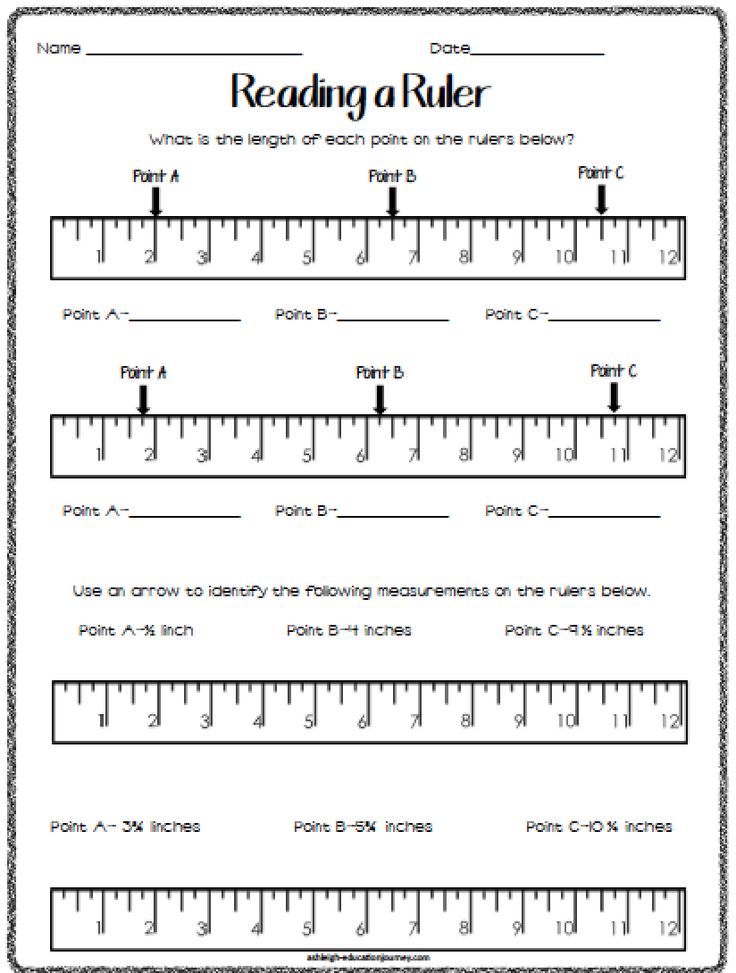
Select tires / tire catalog
195/65 R15 91 T XL
195 is the tire width in mm.
65 - Proportionality, i.e. profile height to width ratio. In our case, it is equal to 65%. Simply put, with the same width, the larger this indicator, the higher the tire will be and vice versa. Usually this value is simply called “profile”.
Since the tire profile is a relative value, it is important to take into account when choosing rubber that if you want to put tires with a size of 205/65 R15 instead of the size 195/65 R15, then not only the width of the tire will increase, but also the height! Which in most cases is unacceptable! (except when both of these sizes are indicated in the car's operating book). You can calculate the exact data on changing the outer dimensions of the wheel in a special tire calculator.
If this ratio is not specified (for example, 185/R14C), then it is 80-82% and the tire is called full profile.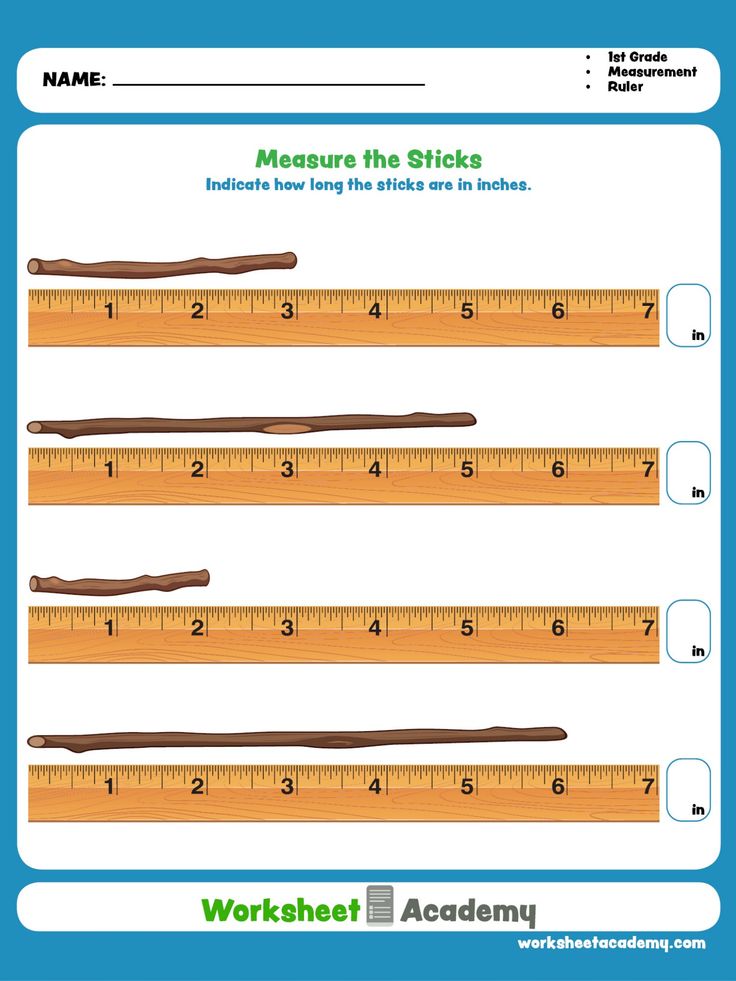 Reinforced tires with this marking are usually used on minibuses and light trucks, where a large maximum wheel load is very important.
Reinforced tires with this marking are usually used on minibuses and light trucks, where a large maximum wheel load is very important.
R - means a tire with a radial cord (in fact, almost all tires are made this way now).
Many mistakenly believe that R- means the radius of the tire, but this is the radial design of the tire. There is also a diagonal design (indicated by the letter D), but recently it has practically not been produced, since its performance is noticeably worse.
15 - wheel (rim) diameter in inches. (It is the diameter, not the radius! This is also a common mistake). This is the “landing” diameter of the tire on the disk, i.e. is the inside size of the tire or the outside of the rim.
91 - load index. This is the level of maximum permissible load on one wheel. For passenger cars, it is usually done with a margin and is not a decisive factor when choosing tires (in our case, IN - 91 - 670 kg.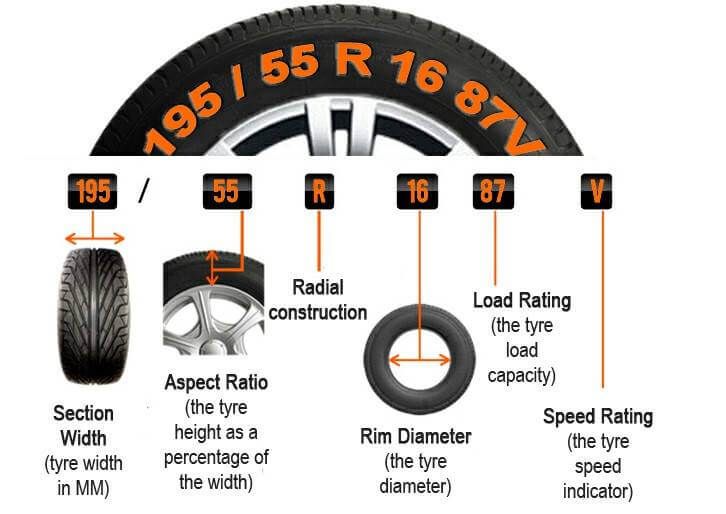 ). For minibuses and small trucks, this parameter is very important and must be observed.
). For minibuses and small trucks, this parameter is very important and must be observed.
T is the tire speed index. The larger it is, the faster you can ride on this tire (in our case, IS - H - up to 210 km / h). Speaking about the tire speed index, I would like to note that with this parameter, the tire manufacturer guarantees the normal operation of the rubber when the car is constantly moving at the specified speed for several hours.
There are two different American tire markings. The first one is very similar to the European one, only the letters “P” (Passanger - for a passenger car) or “LT” (Light Truck - light truck) are placed before the size. For example: P 195/60 R 14 or LT 235/75 R15. And another tire marking, which is fundamentally different from the European one.
Example: 31x10.5 R15 (corresponds to European size 265/75 R15)
31 is the outside diameter of the tire in inches.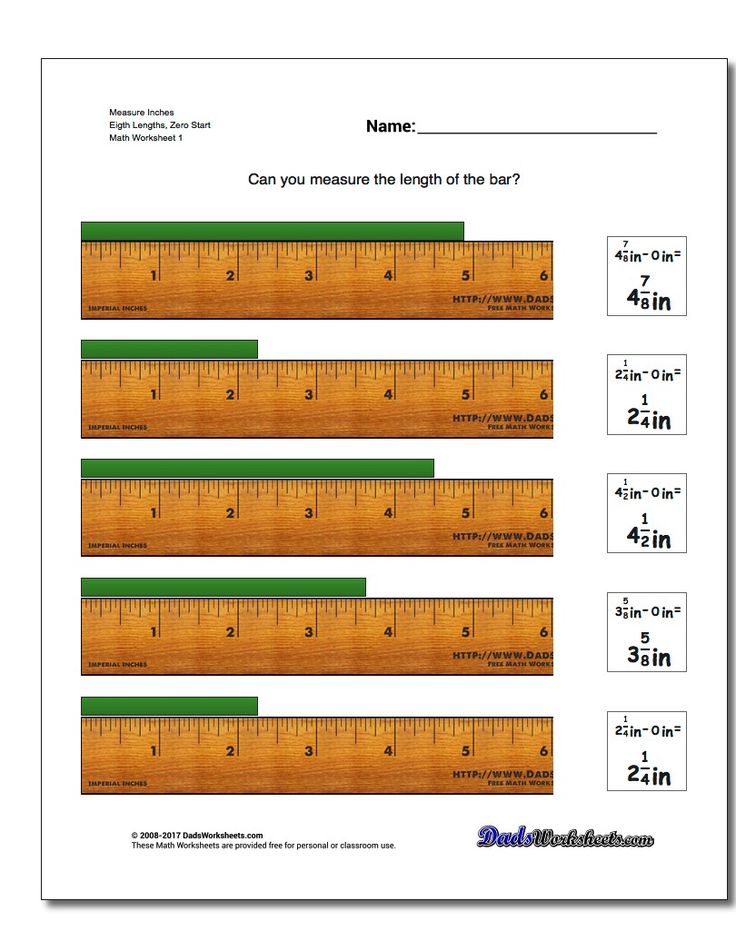
10.5 is tire width in inches.
R - a tire with a radial design (older tire models were with a diagonal design).
15 is the inner diameter of the tire in inches.
Generally speaking, except for inches that are unusual for us, the American tire marking is logical and more understandable, unlike the European one, where the height of the tire profile is not constant and depends on the width of the tire. And here everything is simple with decoding: the first digit of the standard size is the outer diameter, the second is the width, the third is the inner diameter.
XL or Extra Load is a reinforced tire, the load index of which is 3 units higher than that of conventional tires of the same size. In other words, if a given tire has a load index of 91 marked XL or Extra Load, then this means that with this index, the tire is able to withstand a maximum load of 670 kg instead of 615 kg (see the table of tire load indices).
M+S or tire marking M&S (Mud + Snow) - mud plus snow and means that the tires are all-season or winter. Many summer tires for SUVs are labeled M&S. However, these tires must not be used in winter, as winter tires have a completely different rubber compound and tread pattern, and the M&S badge indicates good flotation performance.
All Season or AS all season tires. Aw (Any Weather) - Any weather.
Pictogram * (snowflake) — rubber is designed for use in harsh winter conditions. If this marking is not on the sidewall of the tire, then this tire is intended for use only in summer conditions.
Aquatred, Aquacontact, Rain, Water, Aqua or icon (umbrella) Special rain tyres.
Outside and Inside ; asymmetric tires, i.e. It is important not to confuse which side is the outside and which is the inside. When installing, the Outside inscription must be on the outside of the car, and Inside on the inside.
RSC (RunFlat System Component) - RunFlat tires are tires that allow you to continue driving at a speed of no more than 80 km/h with a FULL tire pressure drop (due to a puncture or a cut). On these tires, depending on the manufacturer's recommendations, you can drive from 50 to 150 km. Different tire manufacturers use different designations for RSC technology. For example: Bridgestone RFT, Continental SSR, Goodyear RunOnFlat, Nokian Run Flat, Michelin ZP etc.
Rotation or arrow This marking on the tire sidewall indicates a directional tire. When installing the tire, you must strictly observe the direction of rotation of the wheel, indicated by the arrow.
Tubeless - tubeless tire. In the absence of this inscription, the tire can only be used with a camera. Tube Type - indicates that this tire must be used only with a tube.
Max Pressure ; maximum allowable tire pressure. Max Load - the maximum allowable load on each wheel of the car, in kg.
Reinforced or the letters RF in the size (for example 195/70 R15RF) means that this is a reinforced tire (6 layers). The letter C at the end of the size (for example 195/70 R15C) indicates a truck tire (8 layers).
Radial this marking on the rubber in the standard size means that it is a radial construction tire. Steel means that there is a metal cord in the tire structure.
Letter E (in a circle) - the tire meets the European requirements of ECE (Economic Commission for Europe). DOT (Department of Transportation - US Department of Transportation) is an American quality standard.
Temperature A, B, or C Temperature resistance of the tire at high speeds on the test bench (A is best).
Traction A, B, or C - Tire's wet braking capability.
Treadwear ; relative expected mileage compared to a specific US standard test.
TWI (Tread Wear Indiration) - tire tread wear indicators.